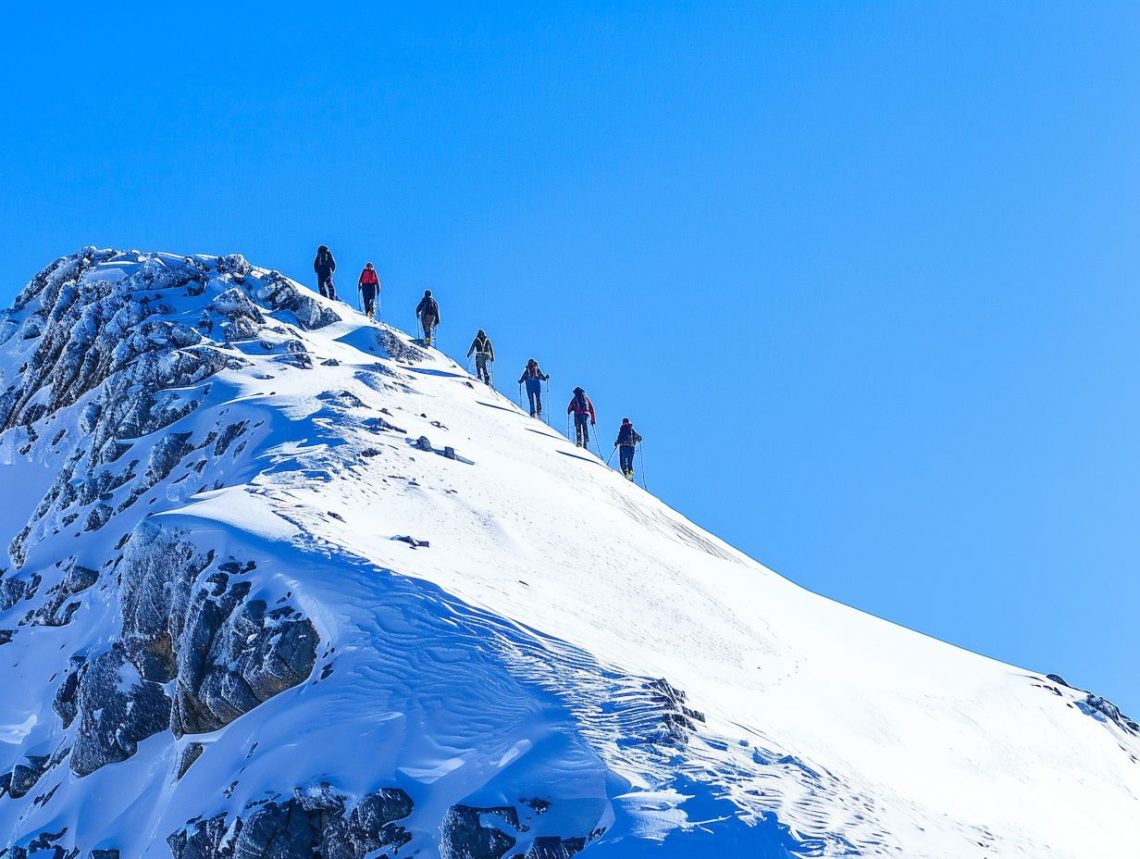
Climbing Kilimanjaro In February
Considering climbing Kilimanjaro in February but unsure if it’s the right time for you?
We explore why February is a great month to tackle this iconic mountain.
From the weather conditions and crowd levels to the different routes available, we provide you with all the information you need to make an informed decision.
We also discuss the physical requirements, safety measures, and packing essentials to ensure a safe and successful climb. Start planning your Kilimanjaro adventure now!
Key Takeaways:
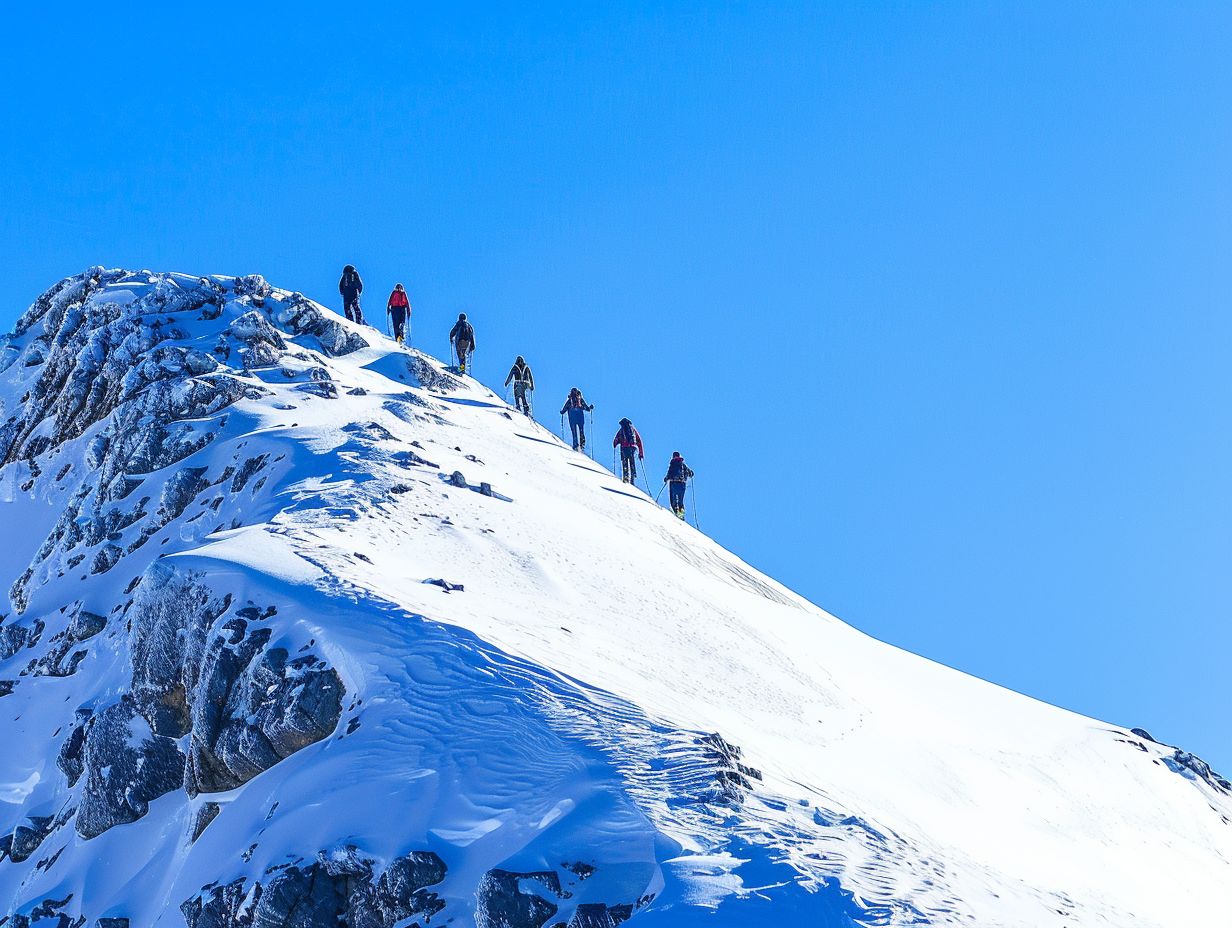
- February is a great time to climb Kilimanjaro due to favorable weather conditions and lower crowds.
- The Marangu, Machame, Lemosho, Rongai, and Umbwe routes are all options for climbing Kilimanjaro in February.
- Climbing Kilimanjaro in February requires physical fitness and preparation for altitude sickness, but can be a rewarding and unforgettable experience.
Why Choose February to Climb Kilimanjaro?
Choosing February to climb Kilimanjaro offers a unique adventure due to favorable weather conditions, making it an optimal time for the ascent.
The month of February presents climbers with relatively stable weather, providing clear visibility and safer climbing conditions, enhancing the overall experience.
Those who embark on this journey in February benefit from milder temperatures during the day and less precipitation compared to other months.
The clear skies during February offer panoramic views of the surrounding landscapes, allowing climbers to appreciate the beauty of the terrain and wildlife along the way.
This optimal visibility not only enhances the climbing experience but also facilitates navigation and increases safety by reducing the likelihood of getting lost.
What is the Weather Like in February?
The weather in February generally offers dry and stable conditions with moderate temperatures, minimal precipitation, and reduced snow cover.
Climbers can expect clear skies and pleasant temperatures during the day, while the nights may get cold at higher altitudes.
Despite the relatively dry conditions, temperatures on Kilimanjaro can still vary significantly based on the altitude.
In the lower regions, temperatures might range between 70°F (21°C) during the day to around 50°F (10°C) at night, offering comfortable hiking conditions.
As climbers ascend to higher altitudes, temperatures can drop rapidly, with the summit often experiencing temperatures below freezing, especially at night.
In terms of precipitation levels, February is considered one of the drier months on Kilimanjaro, with minimal rainfall.
This means that climbers are less likely to encounter wet and muddy trails, enhancing the overall trekking experience.
It is important to note that even though precipitation is limited, the altitude and rapidly changing weather patterns can still pose challenges to climbers.
How Crowded is Kilimanjaro in February?
February is considered a relatively quieter month on Kilimanjaro compared to peak seasons, resulting in fewer climbers on the trails.
The reduced crowds during February provide climbers with a more serene and peaceful trekking experience, enhancing the sense of isolation.
With fewer climbers on the trails, safety measures can be more effectively implemented, ensuring a better response in case of emergencies.
The reduced foot traffic in February can lead to better trail conditions, making the trekking experience smoother and more enjoyable.
The clearer visibility due to fewer climbers around allows for stunning views of the landscape and the mountain itself, creating unforgettable memories.
What are the Different Routes to Climb Kilimanjaro in February?
In February, climbers have an array of route options to ascend Kilimanjaro, each offering unique challenges and experiences.
1. Marangu Route
The Marangu Route is one of the classic paths to conquer Kilimanjaro in February, known for its simplicity and comfortable hut accommodations along the way.
Climbers traversing the Marangu Route experience varying altitudes and must prepare with essential trekking equipment suitable for the journey.
As trekkers ascend the Marangu Route, they are met with breathtaking landscapes that transition from lush rainforests to alpine deserts.
The route offers a gradual climb, allowing climbers to acclimatize to the changing altitudes, which is crucial for a successful summit bid.
Proper acclimatization is key to combating altitude sickness and ensuring a safe and enjoyable trek.
2. Machame Route
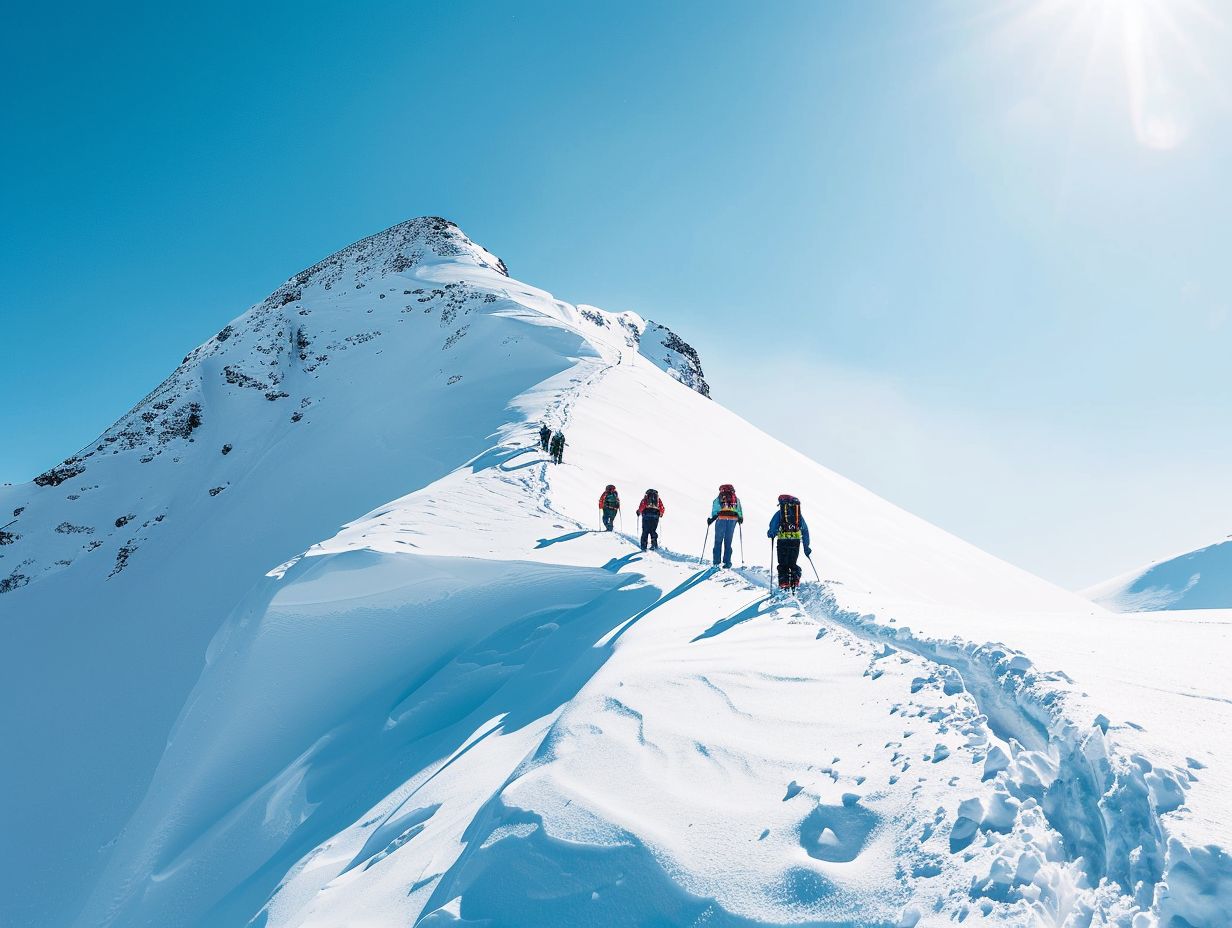
The Machame Route stands out as a popular choice for climbers tackling Kilimanjaro in February, offering stunning views and a challenging yet rewarding path to the summit.
The trail winds through diverse landscapes, from lush rainforests to rocky terrains, offering a visual feast at every turn.
One of the key highlights of the Machame Route is the multiple summit chances it provides, allowing climbers to acclimatize effectively.
With clear skies and improved visibility, climbers can fully appreciate the beauty of the surrounding landscape and navigate the trail with ease.
3. Lemosho Route
The Lemosho Route offers a fantastic trekking experience for climbers in February, characterized by diverse landscapes and varying weather conditions.
One of the remarkable aspects of the Lemosho Route is the unique flora and fauna that climbers can witness along the way.
The route provides a perfect blend of lush rainforests, alpine meadows, and high desert landscapes, offering a captivating visual journey.
This diversity not only adds to the scenic beauty but also provides climbers with an ever-changing environment to traverse.
The impact of rainfall on the route can enhance the overall experience by rejuvenating the surroundings, creating a mystical atmosphere.
While occasional rain showers may occur, they often bring a sense of freshness, enriching the colors of the flora and adding to the vibrant experience.
4. Rongai Route
February presents an excellent opportunity for climbers on the Rongai Route to experience the mountain’s beauty during the dry season.
The Rongai Route in February offers minimal snow cover, providing climbers with a more straightforward and enjoyable climbing season with stable weather conditions.
This means that trekkers can traverse the rugged terrain with greater ease and confidence, soaking in the breathtaking vistas and unique landscapes.
The scarcity of snow enhances the visibility, allowing climbers to fully appreciate the majestic surroundings without any hindrances.
5. Umbwe Route
The Umbwe Route poses a challenging yet thrilling option for climbers tackling Kilimanjaro in February, known for its steep terrain and breathtaking views.
Climbers on the Umbwe Route during February must be prepared for windy conditions and weather variations, emphasizing the need for safety precautions.
February adds an element of unpredictability with occasional snowfall and icy patches along the route, demanding careful navigation and secure footing.
The route’s rapid elevation gain challenges climbers physically and mentally, requiring a high level of fitness and determination.
The solitude of the trail in this month offers a unique experience, allowing climbers to immerse themselves in the untouched beauty of Kilimanjaro’s wilderness.
What are the Physical Requirements for Climbing Kilimanjaro in February?
Climbing Kilimanjaro in February demands a certain level of physical fitness due to the altitude challenges and varying terrain.
Proper preparation, including cardiovascular training, strength exercises, and acclimatization, is essential to mitigate altitude sickness risks and ensure a successful ascent.
Altitude sickness is a common concern, with symptoms ranging from headaches to more severe conditions like High Altitude Pulmonary Edema (HAPE) and High Altitude Cerebral Edema (HACE).
Acclimatization plays a vital role in preparing the body for such high altitudes with Slow, gradual ascents, rest days, and staying hydrated being essential.
It’s recommended to start training several months in advance, focusing on improving overall cardiovascular endurance and muscle strength.
Incorporating activities like hiking and running uphill can simulate the conditions you will face on the mountain.
What is the Altitude Like on Kilimanjaro?
The altitude on Kilimanjaro in February presents climbers with varying challenges as they ascend through different climate zones.
Climbers must acclimatize carefully to the altitude changes, especially as they reach the arctic zone where oxygen levels decrease, and safety precautions become crucial.
Ascending Kilimanjaro means encountering a unique journey from tropical landscapes through alpine deserts to icy arctic expanses.
Each zone brings distinct altitude variations, demanding a gradual adjustment for the body to cope with reduced oxygen levels.
The arctic zone poses the highest risk, where altitude sickness can strike suddenly, emphasizing why acclimatization is an essential process.
Safety measures such as staying hydrated, pacing oneself, and recognizing symptoms of altitude sickness are vital to ensure a successful ascent past the arctic zone.
How to Prepare for Altitude Sickness?
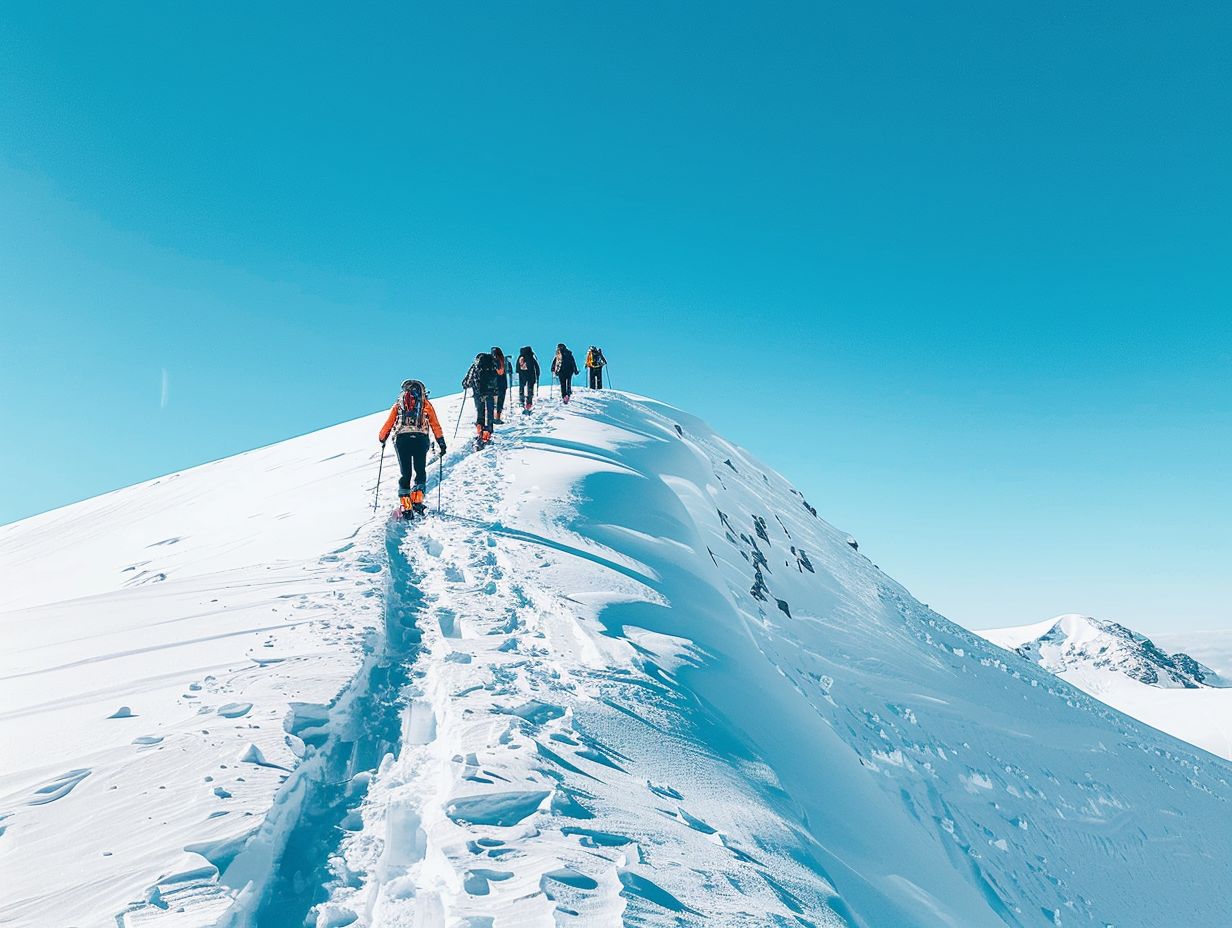
Preparing for altitude sickness is essential for climbers undertaking the Kilimanjaro ascent in February.
Adequate hydration, gradual ascent, and recognizing early symptoms are key strategies to minimize altitude sickness risks and ensure a safe climbing experience.
Ensuring proper acclimatization is crucial when climbing Kilimanjaro in February.
Climbers should aim to increase altitude slowly to allow their bodies to adjust to the decreasing oxygen levels.
Regular breaks during the ascent, proper nutrition and monitoring oxygen saturation levels are additional precautions.
Recognizing symptoms such as headaches, nausea, and dizziness early on can prompt timely action, such as descending to lower altitudes.
It’s imperative to follow safety protocols, including carrying essential medications and emergency equipment while embarking on this challenging journey.
What to Pack for Climbing Kilimanjaro in February?
Packing the right gear and equipment is crucial for a successful Kilimanjaro climb in February, considering the potential weather challenges.
Essential items include proper hiking boots, insulated clothing layers, waterproof gear, sleeping bag, and high-altitude trekking poles.
Carrying a reliable backpack with enough capacity is vital for storing water, snacks, first aid supplies, and personal items.
Sun protection, such as sunglasses, sunscreen, and a wide-brimmed hat, is essential due to the strong UV rays at higher altitudes.
A headlamp or flashlight is necessary for early morning starts or late-night treks. Don’t forget a good pair of gloves to shield your hands from cold and rough surfaces.
What are the Safety Measures for Climbing Kilimanjaro in February?
Ensuring safety during a Kilimanjaro climb in February requires adherence to essential measures to mitigate risks and respond to changing conditions.
Monitoring live weather updates, following designated trails, staying hydrated, and recognizing early signs of altitude sickness are critical safety practices for climbers in February.
One vital aspect of safety during a Kilimanjaro climb is effective risk management.
This involves thorough planning, constant monitoring of your surroundings, and preparedness for unexpected weather changes.
Climbers should always carry essential safety gear such as first aid kits, protective clothing, and communication devices.
Familiarize yourself with the route beforehand, use maps or GPS devices, and be cautious at challenging sections.
Following the marked paths and avoiding shortcuts is crucial to staying on track and minimizing unnecessary risks.”
What are the Risks of Climbing Kilimanjaro in February?
Climbing Kilimanjaro in February poses certain risks associated with unpredictable weather patterns, altitude challenges, and transitions through multiple climate zones.
Understanding these risks, preparing adequately, and following safety guidelines are crucial to ensuring a safe and successful climb on Africa’s highest peak.
February on Kilimanjaro can bring sudden weather shifts, from intense heat to freezing temperatures, posing risks of hypothermia or heat exhaustion.
The altitude challenges become more pronounced as climbers ascend, with altitude sickness being a real threat.
Extreme weather variations can also impact visibility, making navigation more difficult and increasing the chances of getting lost on the mountain.
How to Stay Safe and Healthy during the Climb?
Maintaining safety and good health throughout the Kilimanjaro climb in February requires climbers to prioritize hydration, nutrition, and proper gear usage.
Protective equipment against rain, adequate rest, and monitoring physical well-being are vital elements to ensure a safe and healthy journey to the summit.
Carrying a sufficient water supply and regularly drinking water along the trail will help prevent dehydration and altitude sickness.
Packing high-energy snacks and meals rich in carbohydrates and proteins will provide the necessary fuel for the strenuous climb.
In preparation for potential rainy conditions, waterproof layers, rain covers for backpacks, and sturdy hiking boots with good grip are critical.
Ensuring that all gear is waterproofed and securing dry clothing in waterproof bags can make a significant difference in comfort and safety during wet weather.
Conclusion
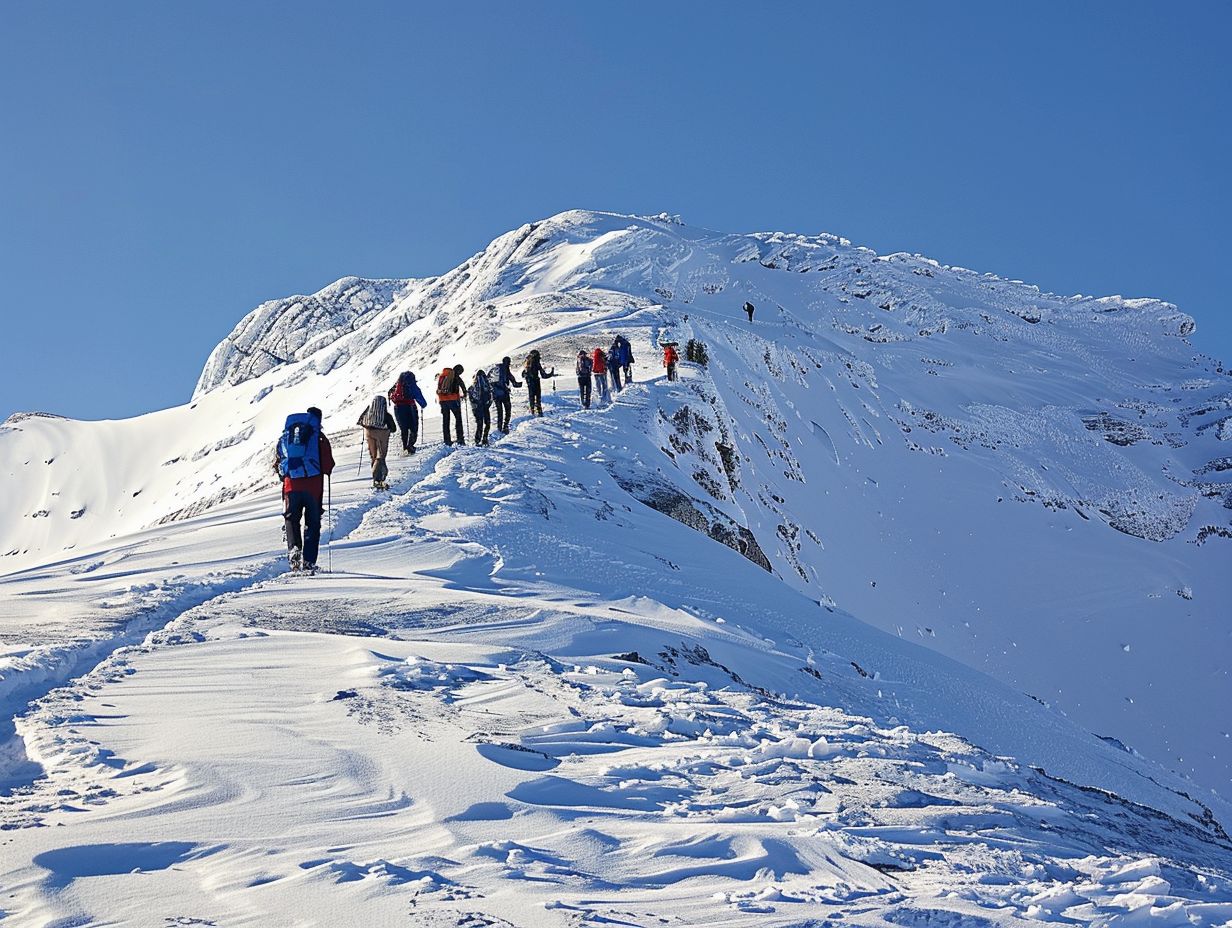
Concluding the Kilimanjaro climb in February offers an unparalleled sense of accomplishment and awe-inspiring vistas as climbers reach the summit.
Personal experiences, tips, and reflections on navigating the challenging terrain and ever-changing weather conditions can serve as valuable insights.
The summit experience on Kilimanjaro is truly unforgettable, with the vast expanse of the African landscape stretching out below like a breathtaking painting.
Conquering the summit is no easy feat – the altitude can play tricks on your body, making each step a test of resilience and determination.
Proper hiking gear becomes your best friend in these moments, from sturdy boots providing traction on rocky paths to thermal layers protecting you from the biting cold.
Frequently Asked Questions
1. What is the best time to climb Kilimanjaro?
A: The best time to climb Kilimanjaro is during the dry season, which is from June to October. However, February is also a great month to climb as it falls within the dry season and offers cooler temperatures.
2. What can I expect weather-wise when climbing Kilimanjaro in February?
A: In February, the weather on Kilimanjaro is generally pleasant with clear skies and mild temperatures during the day. However, temperatures can drop below freezing at night, especially at higher elevations, so be prepared for colder conditions.
3. Is it safe to climb Kilimanjaro in February?
A: Yes, it is generally safe to climb Kilimanjaro in February. However, as with any mountain expedition, there are risks involved. It is important to choose a reputable tour company and follow all safety protocols to minimize any potential risks.
4. Do I need to have prior climbing experience to climb Kilimanjaro in February?
A: No, prior climbing experience is not necessary to climb Kilimanjaro in February. However, it is highly recommended to have a good level of physical fitness and to train beforehand to prepare for the challenging terrain and altitude.
5. What should I pack for a February climb up Kilimanjaro?
A: It is important to pack warm and waterproof clothing, as well as high-quality hiking boots. Additionally, you will need to bring altitude sickness medication, a sleeping bag, and a headlamp. Your tour company will provide a detailed packing list.
6. Will I be able to see the snow-capped peak of Kilimanjaro in February?
A: Yes, you will have the opportunity to see the snow-capped peak of Kilimanjaro during your climb in February. However, the amount of snow may vary depending on the weather conditions and the altitude of your chosen route.